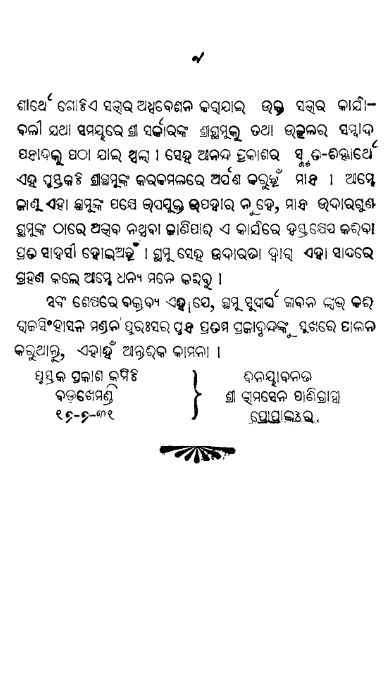Published in 1931, Piyusa Petika translated as A Box of Nectar by Bhimasena Panigrahi stands as a significant work in Odia literature, celebrated for its rich portrayal of human emotions and cultural nuances. As a leading figure in the Odia literary renaissance, Panigrahi combines linguistic elegance with profound thematic concerns, making Piyusa Petika a timeless narrative that resonates with readers even today.
At its heart, Piyusa Petika delves into the complexities of human relationships. The central narrative revolves around the intertwining lives of its characters, exploring the essence of love, longing, and the inherent struggles faced within personal relationships. Through vivid storytelling, Panigrahi illuminates the multifaceted nature of love—be it familial, romantic, or platonic—revealing how such connections shape individual identities and destinies.
The title itself, Piyusa Petika, symbolizes an essence that is both sweet and bitter, reflective of the duality of human emotions. Just as a box of nectar can hold both delight and danger in its sweetness, the characters in Panigrahi’s tale experience the sweetness of love alongside the bitterness of loss and separation. This thematic exploration invites readers to reflect on their own relationships and the intricate emotions that define the human experience.
Additionally, the novel serves as a social commentary on the cultural and societal norms of Odia society during the early 20th century. Through his narratives, Panigrahi addresses the prevailing issues of gender roles, social expectations, and familial obligations. The author poignantly depicts the struggles faced by women in a patriarchal society, highlighting their quest for autonomy and self-expression. As such, Piyusa Petika comes to symbolize the broader sociopolitical context of the time, challenging traditional norms through its character arcs and narrative progression.
Panigrahi’s distinct narrative style merits appreciation as well. His use of lyrical prose, rich metaphors, and poignant dialogues elevates the reader’s engagement, allowing for a more immersive experience. The author deftly weaves descriptive imagery that brings to life the sights, sounds, and emotions experienced by the characters. This sensory engagement not only enhances the reading experience but also serves to deepen the emotional impact of the story.
The book also encapsulates the essence of Odia culture—its rituals, traditions, and the connection to nature. Panigrahi’s ability to interlace cultural elements into the narrative provides readers with a window into the world of Odia life, enhancing their appreciation for its diversity and richness. This cultural grounding makes Piyusa Petika more than just a love story; it becomes a reflection of a society grappling with change and the evolving definitions of identity.
Books Info
| Books name | Piyusa Petika / ପିୟୁଷ ପେଟିକା |
| Author | Bhimasena Panigrahi |
| No Of pages | 38 |
| Publisher | NA |
| Publication | 1931 |
| Printed At | NA |
| Distributor | NA |

